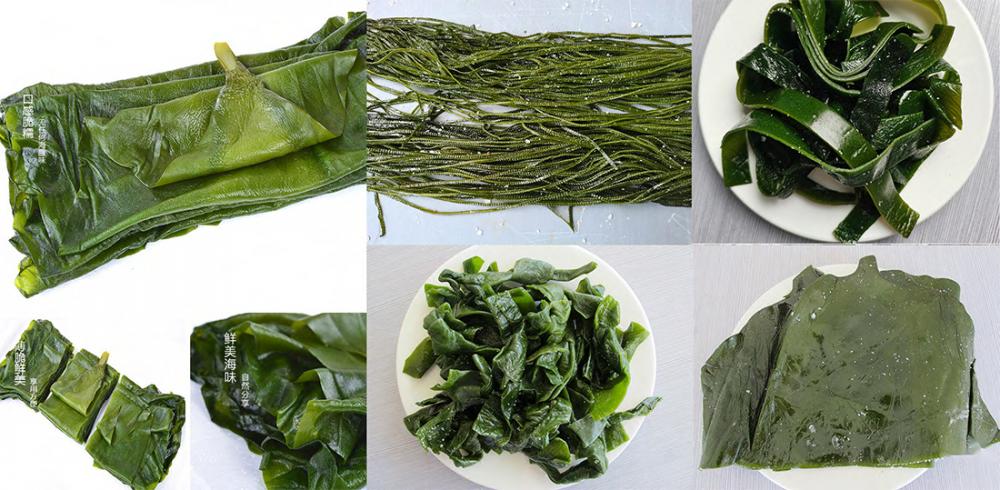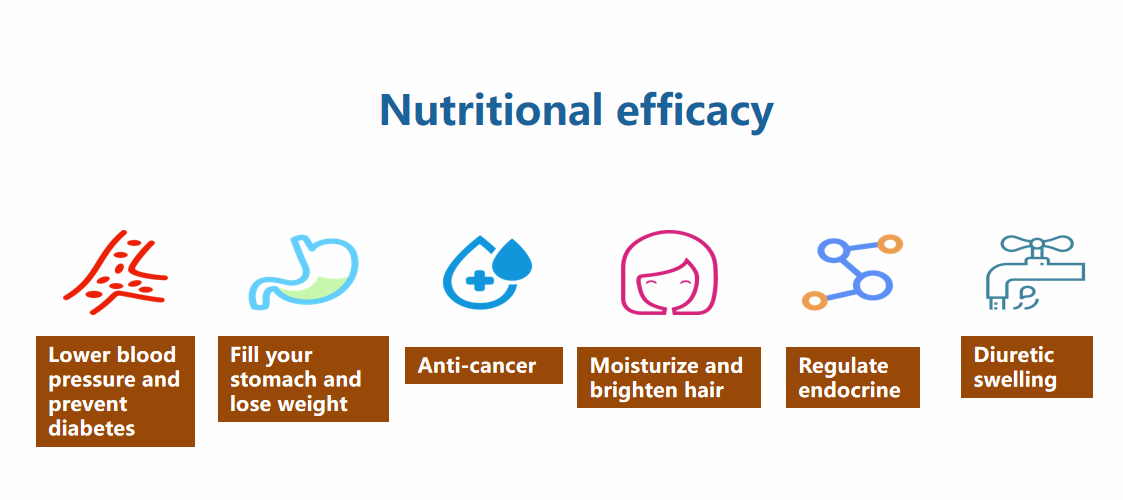Molecular typing promotes cancer consultation "new language"
Molecular typing promotes cancer consultation "new language"
May 22, 2018 Source: Science and Technology Daily
Window._bd_share_config={ "common":{ "bdSnsKey":{ },"bdText":"","bdMini":"2","bdMiniList":false,"bdPic":"","bdStyle":" 0","bdSize":"16"},"share":{ }};with(document)0[(getElementsByTagName('head')[0]||body).appendChild(createElement('script')) .src='http://bdimg.share.baidu.com/static/api/js/share.js?v=89860593.js?cdnversion='+~(-new Date()/36e5)];The American Cancer Genome Atlas has found that cancers on different organs have strong molecular similarities, while some cancers have completely different molecular subtypes, although they occur in the same organ.
"Small nodules covered with soybeans and mung beans" "The cut surface is grayish white, and the necrotic area is grayish yellow". Factors such as changes in appearance and dull color have been used by clinicians as a basis for judging cancer. At the same time, the occurrence of cancer is naturally based on the treatment of cancerous sites. Lung cancer and gastric cancer are divided into different departments for different diagnosis and treatment.
"Cell" recently published a report on the American Cancer Genome Atlas (TCGA), but given some different voices. They studied 33 cancer types and more than 10,000 tumor cases and found that cancers on different organs have Strong molecular similarity, while some cancers occur in the same organ but have completely different molecular subtypes.
With the improvement of the level of gene sequencing, people have proved that the phenomenon of "same-sex heterogeneity, homosexual homogeneity" does exist by exploring changes in the level of "cancerous" DNA molecules. The deepening of human cognition of life makes the "old language family" that used to describe cancer with apparent features may face the impact of the "new language family" at the molecular level due to insufficient expression accuracy. How does the interaction and docking of “new and old†affect existing clinical and research?
Cancer classification based on advancing with the times
"Transparent cell papillary renal cell carcinoma" "thyroid follicular-like renal cell carcinoma"... In the 2016 edition of the World Health Organization (WHO) classification of kidney tumors, kidney cancers include different subtypes, from which cancer cells can be seen The anatomical shape is used as an important basis for cancer typing.
According to some data, the WHO tumor typing standard is a well-recognized tumor typing program. It is usually diagnosed by the main histological type of tumor (>50% of the tissue structure), and it is targeted at cancers of different tissues and organs, such as lung cancer and intestinal cancer. Gastric cancer, etc. have corresponding classification standard documents.
In the traditional classification, it is not the WHO's classification standard "unifying the world." Different organs also have different classification criteria of their own characteristics, such as gastric cancer, Lauren classification is widely used in research. “Lauren is a Nordic pathologist. He proposed the Lauren classification in 1965. According to his own experience and research, he has classified the age, the sex, the growth and the transfer method.†Shanghai Jiao Tong University School of Medicine Yu Yingyan, a professor at the affiliated Ruijin Hospital, said that this type of classification has been promoted in practice in the field of gastric cancer research because of its easy to grasp and high repeatability of doctors.
Yu Yingyan has conducted a Laurent classification study of large sample cohorts for Chinese diagnosed cases. After more than 600 years of follow-up of more than 600 patients, the conclusions were drawn: Lauren classification can guide the clinical treatment to evaluate the prognosis of gastric cancer. The role.
“The characteristics of the WHO classification scheme over the Lauren classification scheme are that they are advancing with the times.†Yu Yingyan said that WHO will introduce the classification scheme based on the latest developments in pathological development, immunopathology and molecular pathology. The revision is also made, and the molecular mechanism will be explained in the revisions in recent years.
It can be seen that the accurate and comprehensive classification of cancer is one aspect. It is easy to grasp and different doctors make the same judgment according to the standard, which will determine whether the classification has greater practical value.
Molecular technology produces a new "language"
"The concept of tumor molecular typing emerged in a research project published by the National Cancer Institute in the late 1990s." Yu Yingyan said that it first proposed using molecular techniques to provide more information for tumor classification.
In the process of information acquisition, researchers conduct different levels of cancer research through techniques such as genomics (DNA), transcriptomics (RNA), proteomics, and metabolomics. That is to say, starting from the deepest genetic mutations, the layers that lead to the carcinogenesis are identified and classified by the “omnidirectional, multi-faceted†information obtained.
With the deepening and wide application of technology, a larger package of programs targeting precision medicine was launched. Zhu Yanmei, executive vice president of Huada Gene, introduced that the precision medicine program launched in the United States in January 2015 is actually aimed at cancer. The second human genome project, which emphasizes the role of the personal genome in precision medicine.
The research involves the acquisition of probes, the acquisition of specific molecular markers, the determination of mutant or missing fragments, and the impact of changes in these genetically based substances on the levels of RNA, cellular pathways, etc. Correspondence with organs and pathology.
TCGA is the first project to target a wide range of cancer research at the molecular level, but it is not the only one.
The Asian Cancer Research Group (ACRG) also published a large sample of molecular level data on gastric cancer in May 2015. The study carried out analysis of gene expression profiles and gene mutations in gastric cancer specimens of Samsung Medical Center in South Korea, and classified the genes related to gastric cancer. Through long-term follow-up, the study also proved that the classification method has a predictive effect on the problem that doctors and patients are most concerned about in "how to treat it to produce better results."
“China has also initiated relevant research, mainly in medical institutions such as hospitals and medical colleges.†Zhu Yanmei introduced that Huada Gene has cooperation with many scientific research units such as Shanghai and Guangzhou, and also cooperates with foreign medical institutions. Whether or not to jointly deepen the study of tumors from the genetic level.
Large samples, long-term, and high-input are the “three great mountains†for the study of tumor molecular typing, so they are often studied in a collaborative manner with multiple research centers.
In May 2017, the US Food and Drug Administration (FDA) first approved a trans-cancer immunotherapeutic drug for a specific genetic marker: PD-1 monoclonal antibody pembrolizumab and nivolumab, regardless of whether it is lung cancer, kidney cancer or intestine Cancer, stomach cancer... This is regarded as the most direct clinical application of the officially recognized molecular typing.
"However, the molecular marker does not include most cancer patients." Lu Zhihao, deputy director of the Peking University Cancer Hospital, explained that, for example, in the fourth-stage bowel cancer, only 5% of patients were included in this type of treatment.
The data held by Yu Yingyan also illustrates the problem of “a small number of people benefiting from the problemâ€. “In the current domestic tumor gene targeting therapy in the United States, 30%-50% of patients can undergo molecular techniques such as tumor genome sequencing. Find driving genetic mutations, but only 3% - 13% of patients can find the corresponding listed drugs. Overall, the benefit is less than 5% of patients."
New and old "language" dialogue, urgent need for "simultaneous interpretation"
The traditional classification is based on the description of images and pathology, which is “visible and tangibleâ€. For the clinician, in the actual diagnosis work, the diagnosis of the patient can obtain “what you see is what you getâ€. Information, used to guide treatment programs, is simple and easy.
Molecular typing is a new concept. In addition to breaking the "consciousness" in existing concepts, the cost and convenience of use is also an inevitable "level". “The price of sequencing technology is still at a high level and it is difficult to popularize it.†Yu Yingyan said, “The high-end instruments and equipment for molecular typing are not routine equipment for clinical testing in general medical institutions.â€
Not only the hardware "blocking the road", the "software" is also unsatisfactory.
In fact, TCGA has published a new molecular typing for gastric cancer more than three years ago, and given molecular probes for judgment. "But it has not been widely adopted by clinical treatment of gastric cancer." Yu Yingyan said, "The reason is that there is no effective dialogue between tumor genome detection and clinical diagnosis and treatment. It is difficult for clinicians to judge molecular subtypes and their familiar clinical pathology. What is the symmetry relationship?"
The language base of one side is "ABC", while the other side is "æ’‡, æº, 横", and it is necessary to "same interpretation" to match different "language".
“Need a genetic information interpreter between the two, or a translator of genetic information.†Yu Yingyan believes that pathologists can play this role, docking molecular typing with traditional clinical pathology types, In the pathology report, both molecular typing results based on genetic variation and histopathological typing results were also presented. “This kind of report, like the 'English-Chinese subtitles' version of the film, makes it easy for clinicians to choose the right molecular targeted treatment.â€
In addition, the molecular typing research itself has problems that have not yet formed a complete system. Yu Yingyan believes that the new classification system should be closely integrated with clinical pathology information, which can reflect changes in molecular level, and has guiding significance for clinical diagnosis and personalized treatment or prognosis. (Reporter Zhang Jiaxing)
Salted Kelp Roots
The original ecological kelp means that we pack the young kelp with saturated salt water directly after washing without any preservatives.Original ecological products are the favourite of housewives.
Salted kelp:
How to eat:
- Soaking about 30 minutes to moderate salty
- Cook . make salad or add to hot pot after draining the wate

The difference between deep sea kelp and traditional ordinary kelp
Nutrational Effects

Salted Kelp Roots,Sea Kelp,Organic Kelp,Organic Kombu
Shandong Haizhibao Ocean Science and Technology Co.,Ltd. , https://www.haizhibaoseafood.com